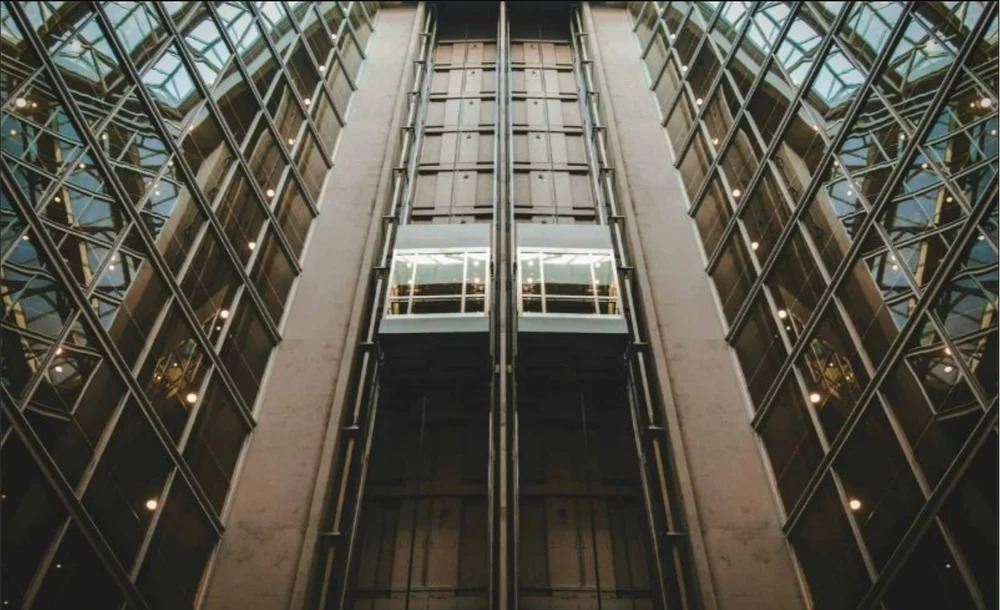elevation challenges, elevating your projects to new heights.
in Elevator Solutions
features like emergency communication and overload sensors.
Elevators for Every Building
that combine top-notch quality with cutting-edge technology.

Fire evacuation
Fire evacuation lifts are specially designed lifts (elevators) used during emergencies to evacuate people, particularly those with mobility issues, from a building safely. They are built to function even during a fire, unlike standard lifts, which typically become inoperative in such situations.
Key Specifications:
Fire Resistance:
The lift shaft, doors, and associated structure must have a minimum fire resistance, often specified as 120 minutes or more.
Materials should prevent the spread of fire, smoke, and heat into the lift well and cabin.
Power Supply:
Dual Power Sources: The lift must be connected to a primary and an independent secondary (emergency) power supply.
Emergency power should be capable of running the lift and essential systems during a fire.
Controls and Operation:
Priority Control: Firefighters and evacuation personnel should have manual override controls to prioritize emergency operations.
Protected Control Panels: Control panels should be located within protected, fire-rated areas.
Automatic Recall: The lift should return to a designated floor during fire alarm activation if not in use for evacuation.
Communication System:
A two-way communication system (e.g., intercom or phone) must be provided between the lift car, evacuation areas, and a control room.
Emergency Lighting:
The lift car and evacuation lobbies must have independent emergency lighting to function during a power outage.
Capacity and Dimensions:
Designed to accommodate wheelchairs and stretchers.
Ventilation:
Adequate ventilation must be provided to maintain safe conditions for occupants

OUR PROFESSIONAL TEAM
Great Support
PRODUCTION
Typical projects
Request A Quote
Fill all information details to consult with us to get sevices from us















